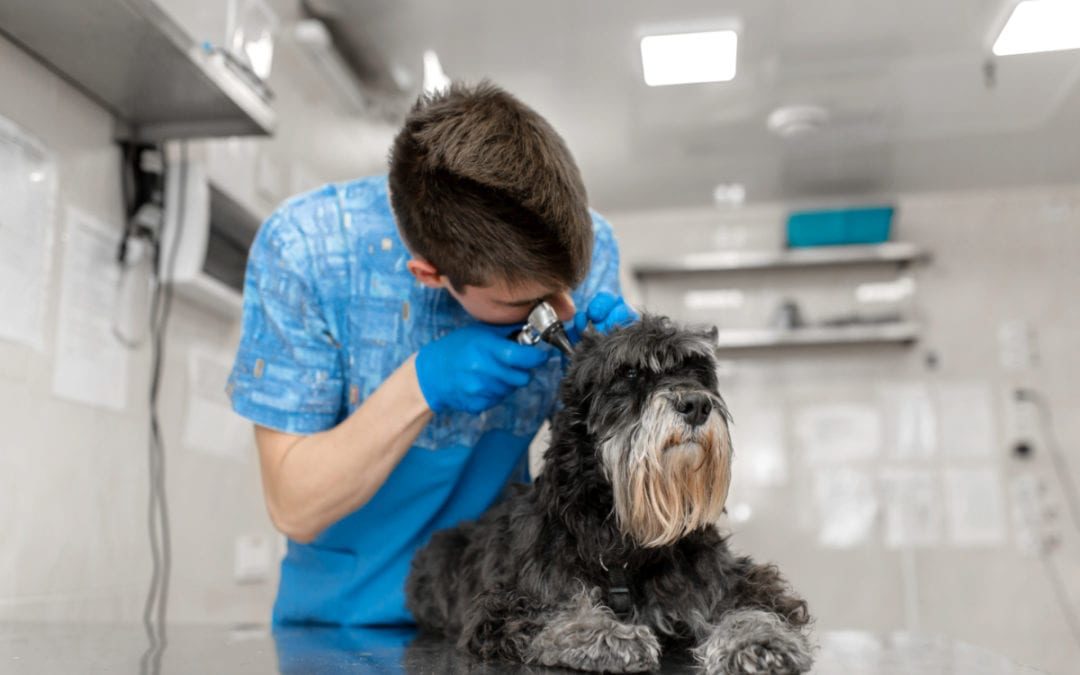If your male pet undergoes a neuter surgery, and this is your first postoperative experience, you may be surprised that your furry companion still appears to be intact, especially if they were neutered later in life. To clear up any confusion you may have, here’s an explanation of your male pet’s surgical procedure.
Step 1: Your pet is placed under anesthesia
Neuter surgeries are extremely fast in cats, as long as both testicles have descended into the scrotum, but canine neuters take longer. Both species are anesthetized to ensure they remain pain-free and unconscious throughout the procedure.
Step 2: Your pet’s surgical site is prepared
In dogs, an incision is made in front of the scrotum, and both testicles are pushed through this single incision and removed. In cats, one incision is made over each testicle in the scrotum, so the cat and dog incision areas look different. Dogs are shaved to remove hair from the surgical site, while cat hair is generally plucked to avoid razor burn. Once the hair is removed, the site is scrubbed with a surgical antiseptic.
Step 3: Our veterinarian removes the testicles
Next, our veterinarian will remove each testicle, ligating the spermatic cord to ensure no bleeding occurs. In large dogs, the scrotum may also be removed to prevent a postoperative scrotal hematoma, which can happen when the pet is too active after surgery and the empty scrotum fills with blood. Generally, the scrotum is left in the pet.
Step 4: Our veterinarian closes the incision in dogs
In the final step, a neuter surgery again differs in dogs versus cats. The dog’s single incision is sutured closed, whereas the cat’s double incisions are typically left open or may be closed with tissue glue, so suture removal is not required.
Step 5: Your pet recovers from anesthesia
Male pets are often awake and ready to go home only hours after surgery because their procedure is less invasive than a female’s. We closely monitor your pet for pain after their surgery and anesthesia until they are fully recovered and ready to go home with you.
Are you unsure about the best age to neuter your pet? Contact our team for advice.

